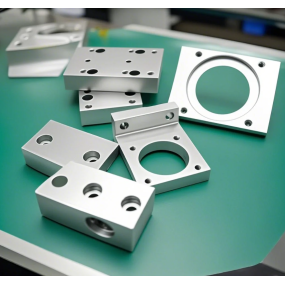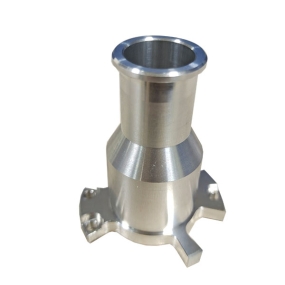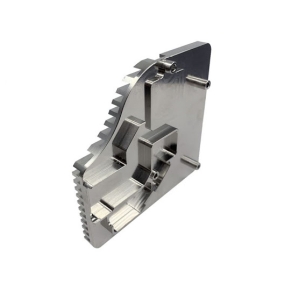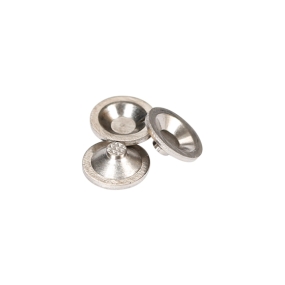Metal Stamping parts have the advantages of light weight, thin thickness, and good rigidity. Their dimensional tolerances are ensured by molds and generally do not require mechanical cutting before use. The process and equipment of stamping parts are constantly developing. In addition to the traditional use of press machines and steel molds to manufacture stamping parts, various special stamping forming processes such as hydraulic forming, spinning forming, superplastic forming, explosive forming, electrohydrodynamic forming, and electromagnetic forming are also rapidly developing, raising the level of stamping technology to a new height.
In the production of metal stamping parts, there is some detailed knowledge and content, so we need to learn, understand and master it in order to have a comprehensive and detailed understanding of stamping part production, and be able to carry out practical operations well, in order to produce high-quality stamping parts with outstanding application performance. For now, the production process of metal stamping parts can be mainly divided into four parts:
1. Reasonably and correctly confirm the deformation compensation amount of stamped parts based on the material used and the product structure.
2. Based on the confirmed compensation amount, plan the relevant molds, and then punch out semi-finished or finished products. According to the process requirements, process the semi-finished products into finished products.
4. Further processing of stamped semi-finished or finished products mainly involves checking for any defects or adverse phenomena such as wrinkling, pulling, and cracking. Also, whether the thickness of the product is uniform and whether its molding effect is outstanding. If there are any problems, they should be dealt with and resolved in a timely manner.
In addition, regarding the tapping and threading processing in the production process of metal stamping parts, it mainly involves two aspects: internal threads and external threads. Regarding internal threads, it is generally necessary to drill the diameter of the bottom hole and perform machining on it. As for the size of the bottom hole, it is mainly determined based on the thread specifications. As for external threads, they can be machined with a thread cutter or threaded with a die. In addition, during this process, attention should be paid to some detailed issues, such as inconsistent scales and unqualified thread gauge inspections.
This article is from EMAR Mold Co., Ltd. For more EMAR related information, please click on www.sjt-ic.com,



 Spanish
Spanish Arabic
Arabic French
French Portuguese
Portuguese Belarusian
Belarusian Japanese
Japanese Russian
Russian Malay
Malay Icelandic
Icelandic Bulgarian
Bulgarian Azerbaijani
Azerbaijani Estonian
Estonian Irish
Irish Polish
Polish Persian
Persian Boolean
Boolean Danish
Danish German
German Filipino
Filipino Finnish
Finnish Korean
Korean Dutch
Dutch Galician
Galician Catalan
Catalan Czech
Czech Croatian
Croatian Latin
Latin Latvian
Latvian Romanian
Romanian Maltese
Maltese Macedonian
Macedonian Norwegian
Norwegian Swedish
Swedish Serbian
Serbian Slovak
Slovak Slovenian
Slovenian Swahili
Swahili Thai
Thai Turkish
Turkish Welsh
Welsh Urdu
Urdu Ukrainian
Ukrainian Greek
Greek Hungarian
Hungarian Italian
Italian Yiddish
Yiddish Indonesian
Indonesian Vietnamese
Vietnamese Haitian Creole
Haitian Creole Spanish Basque
Spanish Basque











